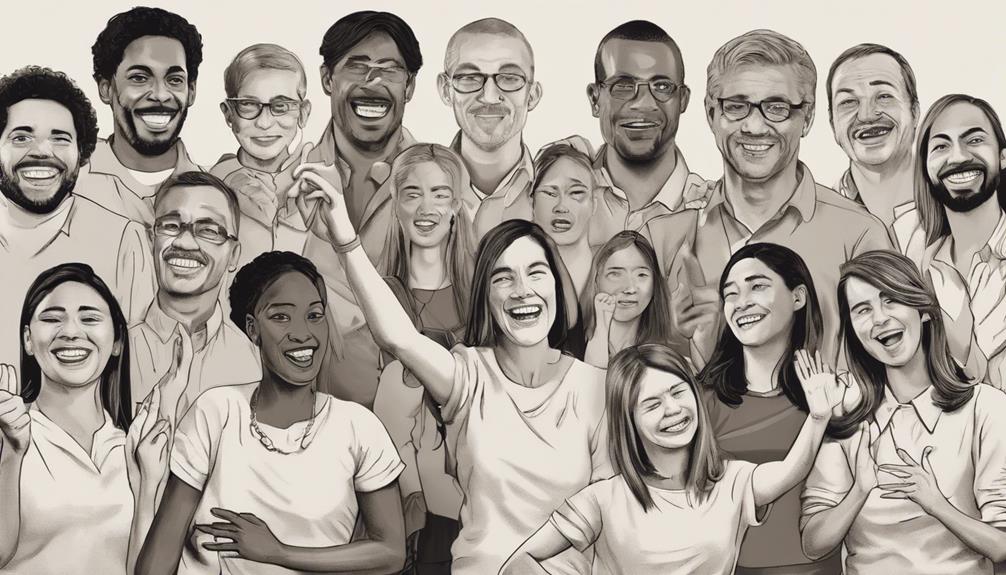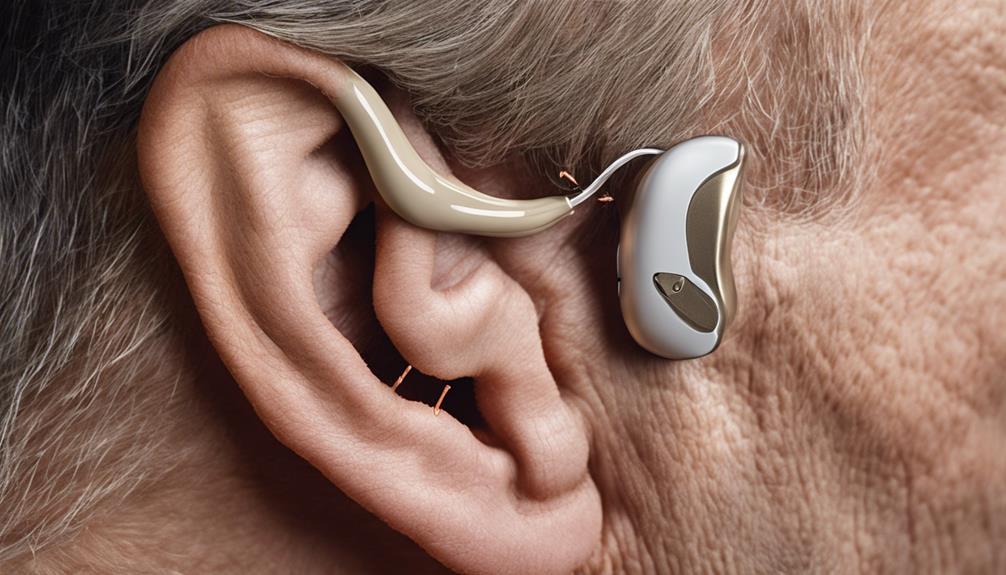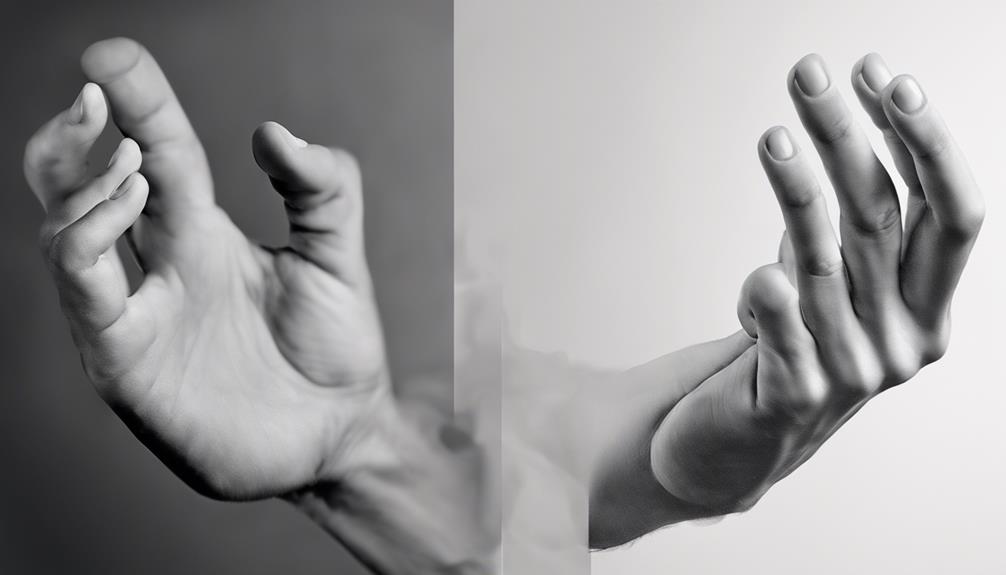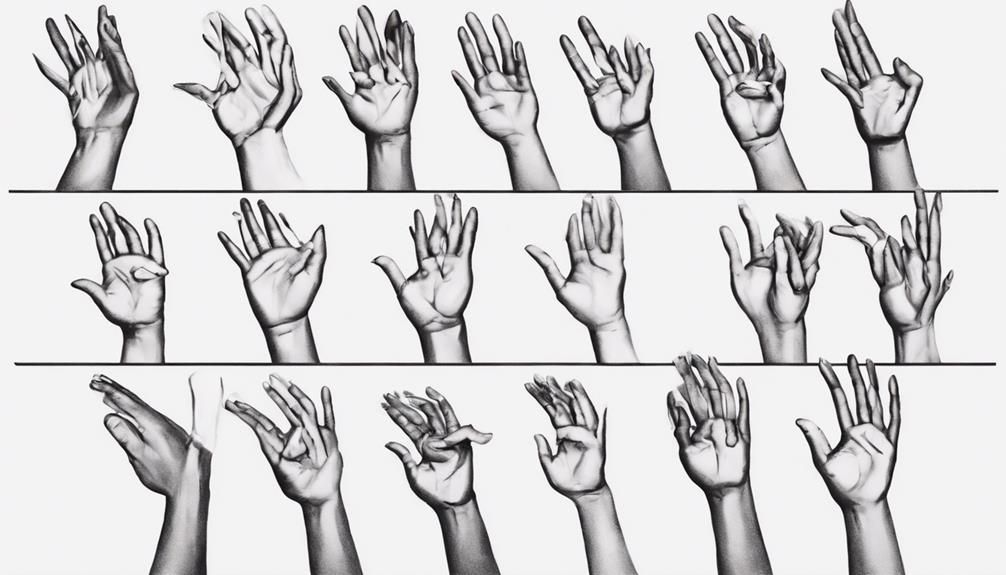Have you ever considered how learning Spanish Sign Language might unlock new pathways for communication and insights?
Exploring the intricacies of SSL through a comprehensive guide offers a doorway into a rich and diverse world of visual language.
Understanding how SSL intertwines with the cultural nuances of Spain can provide a deeper appreciation for the Deaf community's unique perspectives and experiences.
Through this exploration, we can uncover the power of non-verbal communication and its ability to bridge gaps in understanding.
Key Takeaways
- Finger spelling is essential for proficient communication.
- Advanced expressions involve complex structures and facial expressions.
- Utilize resources like online courses and mobile apps for learning.
- Immersion in the Deaf community enhances authentic SSL usage.
History of Spanish Sign Language
Since its origins in the 16th century, Spanish Sign Language (SSL) has evolved into a vibrant and diverse form of communication utilized by approximately 100,000 users in Spain. Belonging to the French Sign Language family, SSL has a rich history that dates back centuries. The influence of French Sign Language on SSL is evident in the shared linguistic elements between the two, highlighting their interconnected roots.
One remarkable aspect of SSL is the diversity found within different regions of Spain. Each region has its unique sign language, showcasing the rich tapestry of signing variations that exist within the broader SSL framework. Despite these regional differences, there are commonalities in vocabulary that bridge the gaps between users, fostering a sense of unity and understanding.
The history of SSL is a testament to its resilience and adaptability over the centuries, reflecting the dynamic nature of sign languages as they evolve to meet the needs of their users.
Basic Finger Spelling Techniques
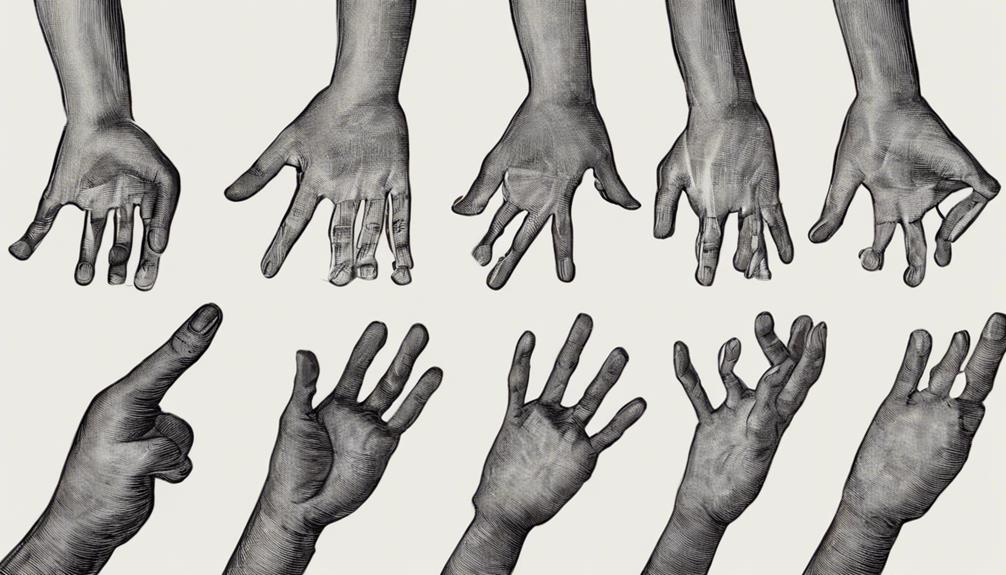
Mastering basic finger spelling techniques plays a crucial role in enhancing communication and language proficiency in Spanish Sign Language.
In Spanish Sign Language (SSL), finger spelling involves using specific hand shapes to represent each letter of the Spanish alphabet. This method allows deaf people to spell out words, names, and specialized terms that may not have individual signs.
Each letter corresponds to a unique hand shape, making finger spelling an essential skill for effective communication in SSL.
Advanced SSL Expressions
Enhancing communication and language proficiency in Spanish Sign Language goes beyond basic finger spelling techniques; delving into the realm of Advanced SSL Expressions unveils a world of complex grammatical structures and nuanced facial expressions for conveying detailed meanings. Mastery of advanced SSL expressions involves understanding regional variations and cultural nuances within the Spanish Deaf community, including Mexican Sign Language influences.
Advanced SSL expressions may incorporate classifiers, spatial referencing, and rhetorical questions to enhance clarity and emphasis in communication. Expertise in advanced SSL expressions allows for more sophisticated storytelling, debates, and discussions within the Deaf community, fostering deeper connections and understanding.
To excel in advanced SSL expressions, practice, immersion in Deaf culture, and engagement with native signers are essential for fluency and cultural competence. By mastering these intricate aspects of sign language, one can truly engage in meaningful conversations and convey nuanced emotions effectively within the Spanish Sign Language community.
Resources for Learning SSL
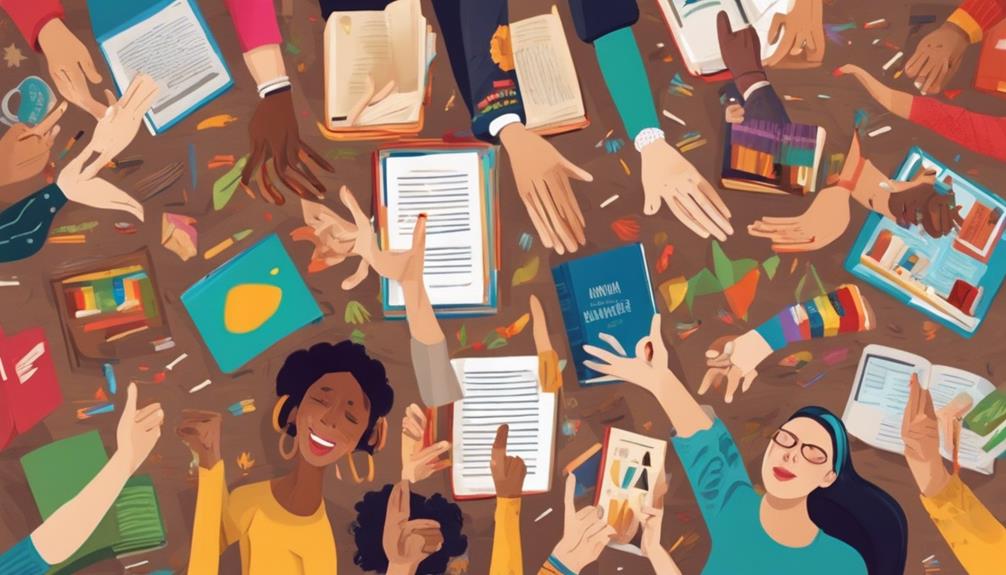
When learning Spanish Sign Language, exploring various resources is crucial for developing proficiency in SSL. Here are three essential resources to aid in your journey of mastering SSL:
- Online Courses: Platforms like ASL 1 offer structured courses that can be beneficial for learning SSL. These courses often cover essential vocabulary, grammar, and cultural aspects important for effective communication within the deaf community.
- Mobile Apps: Utilizing mobile apps provides flexibility for learning SSL on-the-go. Apps designed specifically for SSL can offer interactive lessons, quizzes, and practice exercises to enhance your signing skills.
- Start ASL: Consider accessing free online courses provided by Start ASL. While the courses focus on American Sign Language (ASL), they can still be valuable in learning SSL due to the similarities between the two sign languages.
Tips for Mastering SSL
Engaging in regular practice of SSL finger spelling can significantly improve vocabulary retention and enhance communication accuracy. To further master SSL, it's beneficial to engage in conversations with fluent signers. This interaction helps enhance comprehension and fluency as you learn sign language in a more practical setting. Attending SSL workshops and classes provides structured guidance and valuable feedback on your signing skills, accelerating your learning process. Additionally, utilizing SSL dictionaries and resources expands your signing repertoire and deepens your linguistic knowledge.
Immersing yourself in the Deaf community is crucial for mastering SSL. This experience allows you to observe authentic SSL usage and understand cultural nuances firsthand. By actively participating in the Deaf community, you not only learn sign language but also build connections and communicate with deaf individuals more effectively. Embrace these tips to enhance your journey towards mastering Spanish Sign Language and fostering meaningful connections within the Deaf community.
Frequently Asked Questions
What Is the Best Sign Language Book to Learn From?
We believe the best sign language book to learn from is one that provides clear explanations, useful practice sessions, and cultural insights.
It should offer a comprehensive guide to grammar rules and vocabulary, helping learners effectively communicate with the Deaf community.
A valuable resource will focus on enhancing understanding and reinforcing lessons, ensuring individuals can master sign language skills and connect with others more inclusively.
How Many Hours Does It Take to Be Fluent in Sign Language?
It takes dedication, practice consistency, and time to achieve fluency in sign language.
On average, with 2-4 years of regular study and practice, fluency can be attained.
Daily sessions of 30 minutes to an hour can expedite learning.
Immersion experiences, formal classes, online resources, and guidance from proficient users are effective strategies.
Is Spanish Sign Language Different Than Asl?
Yes, Spanish Sign Language (SSL) is different from American Sign Language (ASL). SSL has its own unique signs, grammar, and cultural influences that distinguish it from ASL.
Understanding these differences is crucial for effective communication with Deaf individuals in Spain. ASL may not be understood there, making SSL essential for inclusive interactions.
Learning SSL is important to ensure clear and accurate communication with Deaf individuals in Spanish-speaking regions.
Are You Considered Bilingual if You Know Asl?
Oh, absolutely! Knowing ASL makes us bilingual in the language modes of signed and spoken communication. It's like having two powerful tools in our linguistic toolbox, allowing us to connect with Deaf individuals and enrich our cultural understanding.
Embracing ASL proficiency as a form of bilingualism promotes inclusivity and celebrates linguistic diversity, paving the way for more meaningful interactions and deeper connections within our communities.
Conclusion
In conclusion, mastering Spanish Sign Language isn't only a valuable skill, but also a way to foster inclusivity and understanding within the Deaf community in Spain.
Did you know that approximately 1 million people in Spain are Deaf or hard of hearing? By learning SSL, we can bridge communication barriers and create meaningful connections with individuals who rely on sign language for everyday interactions.
Let's continue to strive for accessibility and empathy in our communication efforts.

